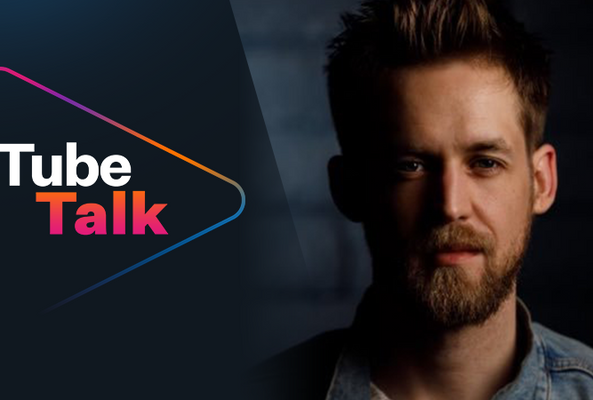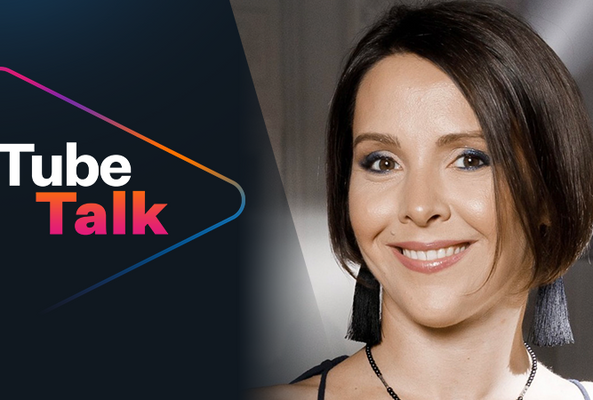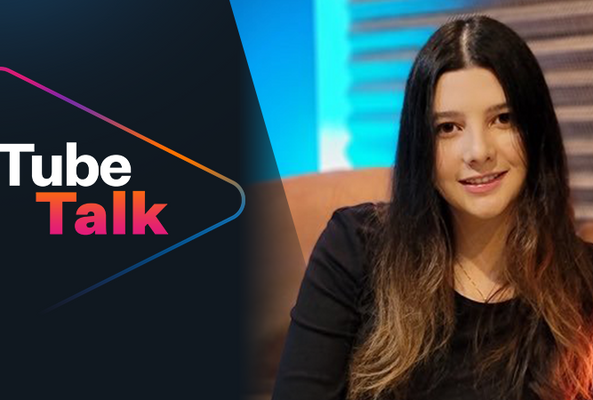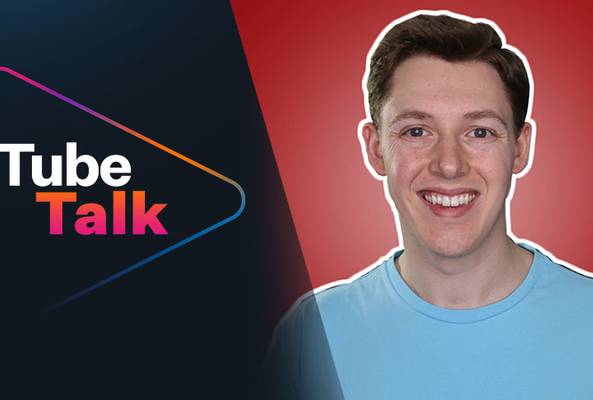Lydia Sweatt is a writer who loves balancing her article/blog time indoors with a healthy dose of nature. She bikes, hikes, and identifies edible plants along the way.
Getting a Brand Deal on YouTube: 10 Terrible Mistakes to Avoid
The benefits of getting a brand deal are hard to deny. If you’re a YouTube creator, the perks include:
- Income diversification
- Not relying on YouTube AdSense to survive
- Stacking extra cash (hundreds or thousands of dollars a month)
I mean, just imagine it: How would you feel earning $1,000 per project to advertise a brand on your channel?
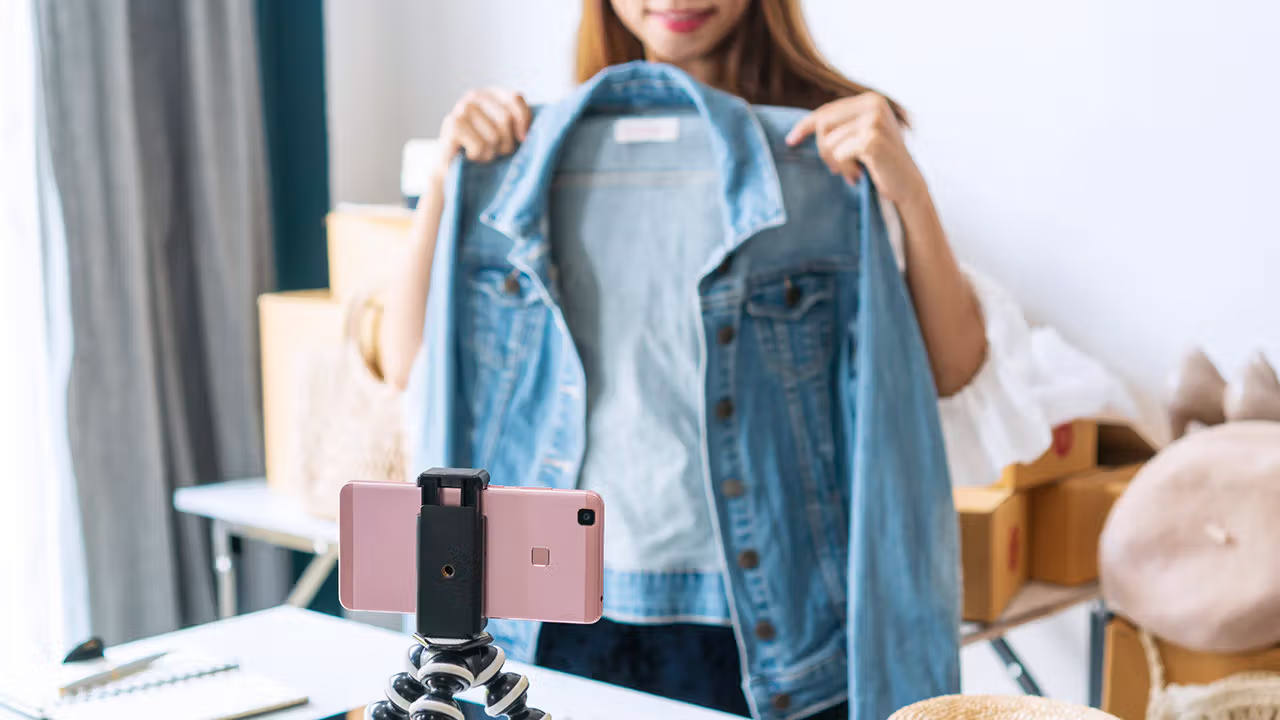
Our guess is you would be euphoric! But despite every creator wanting a brand deal, it’s hard to secure one in practice. People make plenty of mistakes, from pitching brands incorrectly to never making the first move. Simply put, some creators don’t understand how brand deals work.
Stop Guessing. Start Growing.
Join 20M+ creators using vidIQ to get more views, subscribers, and success on YouTube.
In this episode of TubeTalk, we chat with Justin Moore, a brand deals specialist. Moore is the founder of Trending Family, an agency that matches influencers with brands working on lucrative campaigns. As such, he knows exactly how to get brand deals as an influencer.
Want to find brands that will sponsor you and your content? Avoid these 10 terrible mistakes to stand out from the crowd.
1. Believing You Need a Massive YouTube Audience
We say this all the time, but we’ll keep repeating it: You don’t need 1 million or even 100,000 subscribers to score brand deals. Subscriber count doesn’t matter as much as having an engaged audience.
Imagine that a brand is deciding between two influencers for a campaign. The first influencer has 40,000 subscribers, but almost no one interacts with their videos. They get minimal likes, comments, and views despite having a massive following. The second influencer has 20,000 subscribers but lots of viewer engagement – 5,000 views, 200 comments, and 500 likes per video. Who’s getting the deal?
If you’re thinking of influencer two, you’re right. Brands have an easier time “speaking” to an engaged audience, not a passive one.

2. Not Reaching Out to Brands Directly
Waiting for success to find you is a common YouTube mistake. Whether you want more views, subscribers, or brand deals, go ahead and chase those milestones. Don’t wait!
“A lot of creators think, ‘I just need to sit and wait for a brand deal opportunity to come to my inbox,” Moore says. “What I teach is that it’s never too early to reach out to a brand on your own and try to forge a partnership.”
3. Making the Wrong Email Pitch
Have you pitched a brand you want to work with and got no response in return? You’re not alone. Plenty of creators strike out while attempting to forge lucrative relationships – especially via email.

If you’re ready to try something different, consider the ROPE method.
Moore developed this strategy, and it includes four pitching essentials:
- (R) Relevant
- (O) Organic
- (P) Persistent
- (E) Easy
Let’s break that down. A relevant pitch is one that’s similar to a brand’s campaign style. Ask yourself, What has the company done in the past, and how can I build upon that legacy?
A little research makes it easy to find a video in your repertoire that aligns with brand goals. You can then use that piece of content to make an organic pitch, i.e., proving you can do the work before doing the work.
Next up, be persistent. Send multiple follow-up emails to increase your chance of getting a reply.
And finally, make your pitch easy to understand and execute. Be so concise that the brand coordinator has nothing to say but, “Yes, let’s do it.”
4. Waiting Too Long to Respond to a Brand
Let’s say a brand emails you with a campaign opportunity. What’s the first thing you should do?
Here's the answer: Stop what you’re doing and read the entire pitch.

Once you have a good understanding, respond with a yes or no as soon as possible – preferably the same day.
Why is a quick response necessary? You’re not the only person the brand is contacting, Moore says. If a company emails 50 people, it probably has the budget to hire just 20 creators. Someone else will take your spot if you three wait days to respond.
5. Not Asking the Brand About Its Campaign Goals
If you only ask one question of a brand, let it be this one:
What are you hoping to achieve from this campaign?
It's the most basic, underlying question of any partnership. But creators forget to ask because they’re excited to be working with a brand in the first place.
According to Moore, brands have one or more goals for every campaign:
- Conversions: Getting people to take a specific action. This includes buying, downloading, or clicking something. Even coupon redemptions count.
- Content repurposing: Receiving content from creators to be repurposed on the brand’s website/social pages.
- Brand awareness: Attracting more exposure for the brand. This is where likes, views, and engagement metrics truly matter.
6. Charging a Brand the Wrong Rate
It’s not always clear how much you should charge a brand for your services. But according to Moore, you should never guess. A fair rate depends on the brand’s campaign goals.
“If it’s a conversion-focused campaign, they are probably beholden to a very specific set of metrics,” he says. “Let’s say it’s app downloads. They’ll say, ‘OK, for every app download, we’re going to pay $10’…. Let’s say their hope is that, working with a YouTuber that gets 10,000 views on average, they’re hoping to get 100 downloads. So that means the maximum they are willing to pay you is $1,000.”

This is called price sensitivity. You can think of it like a brand’s appetite for splurging on campaigns, Moore says. High sensitivity means the budget is firm and there’s little room to negotiate for more money. Low sensitivity means the budget is more loose; you have a better chance at negotiating pay.
Here’s the price sensitivity for different types of campaigns:
- Conversions campaign: High (strict budget, hard to negotiate)
- Content repurposing campaign: Medium (less strict budget, negotiations are possible)
- Brand awareness campaign: Low (loose budget, easier to negotiate)
7. Not Asking What the Campaign Deliverables Are Before Negotiating Pay
Every creator should have basic information, particularly the campaign deliverables, before discussing pay rates. Knowing what the brand needs from you, whether that’s an Instagram carousel or a five-minute video, is a huge bargaining chip.
“If you don’t know what the deliverables are, you can’t quote them [an accurate rate],” Moore says.
For example, creating a five-minute video for an awareness campaign is more intensive than shooting a one-minute video ad. Think about it. You’re putting in some serious work as the minutes pile up. If you’re charging $500 for a brief ad, it makes sense to double your rate for longer projects.
8. Not Understanding the Usage Rights for Branded Content
What are usage rights? In influencer marketing, this determines who owns a piece of content and where it can be used. You should always ask a brand how it plans to use your content. Will it run your video as an ad on social media? For how long? Who owns that video asset once the company has it? If you don’t agree with the answers you receive, that’s OK. It just means you have more negotiating to do.

9. Forgetting About Exclusivity Clauses
Before you sign a contract for any brand deal, be sure to read it thoroughly. You’ll want to keep an eye out for exclusivity clauses, which bar you from working with other brands for a specific time period.
“Brands love spending money during [the holidays] to get people to buy their products,” Moore says. “Are they going to require that you can’t work with any other brands for Q4? You’d better be charging them a lot of money for that privilege.”
10. Not Being Professional
Even as a cool, spunky, down-to-Earth creator, you must be professional when working with brands.
Always remember to:
- Lead with empathy. If a brand undervalues your time, gracefully decline to work with them. Don’t be rude to the brand coordinator, who has no control over the campaign budget or what the company pays creators.
- Be easy to work with. It doesn’t matter how talented you are if people don’t enjoy working with you.
- Be open to feedback. The company is spending lots of money for a targeted outcome, and they’re going to have edits every step of the way. Don’t take it personal; just make the changes so you can get paid.
Are you wondering what it's like to work on a brand campaign? Here’s the truth about brand deals.
20k+ 5 Star Reviews
Ready to put this into action?
Use vidIQ to find your next video idea, pick better keywords, and optimize every upload.

